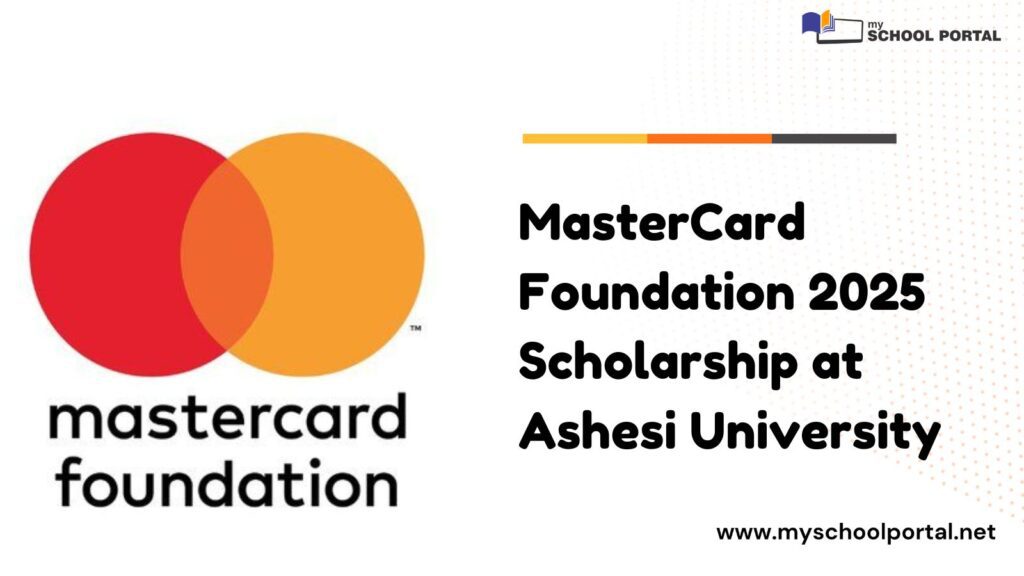Applied Mathematics with Statistics is a versatile field that combines mathematical theories, techniques, and models with statistical methods to solve real-world problems. This discipline equips students with the analytical skills necessary to interpret data, create mathematical models, and make data-driven decisions in various fields such as engineering, finance, medicine, social sciences, and environmental science.
If you’re passionate about numbers and enjoy solving complex problems, Applied Mathematics with Statistics could be the perfect course of study for you. This guide provides an overview of what you’ll study, the skills you’ll gain, and the exciting career opportunities available in this field.
What Do You Study in Applied Mathematics with Statistics?
- Mathematical Foundations:
- Develop a solid understanding of core mathematical concepts, including calculus, linear algebra, differential equations, and probability theory.
- Learn how to construct mathematical proofs and solve equations that form the basis for advanced mathematical modeling.
- Statistical Theory and Methods:
- Study statistical concepts such as descriptive statistics, inferential statistics, hypothesis testing, regression analysis, and Bayesian statistics.
- Learn how to analyze data sets, draw conclusions, and predict future trends based on statistical models.
- Computational Mathematics:
- Gain proficiency in computational tools and software, such as R, Python, MATLAB, and SAS, which are used for statistical computing and data visualization.
- Understand how to use algorithms, numerical methods, and simulation techniques to solve complex mathematical problems.
- Data Science and Big Data Analytics:
- Learn the principles of data science, including data collection, cleaning, management, and analysis.
- Study machine learning techniques, data mining, and artificial intelligence to interpret and make sense of large datasets.
- Mathematical Modeling:
- Understand how to create and analyze mathematical models that represent real-world situations, such as predicting financial market trends, optimizing supply chain logistics, or modeling disease spread in populations.
- Learn to apply mathematical modeling techniques to a wide range of disciplines, including physics, biology, economics, and engineering.
- Probability and Stochastic Processes:
- Study probability theory, random variables, and stochastic processes to understand and model uncertainty in various systems.
- Learn about Markov chains, Poisson processes, and queuing theory, which have applications in fields like finance, operations research, and telecommunications.
- Applied Statistics:
- Explore methods of collecting, analyzing, interpreting, and presenting data.
- Learn about experimental design, sampling techniques, and statistical quality control used in research and industry.
- Optimization and Operations Research:
- Study mathematical optimization techniques, including linear and nonlinear programming, dynamic programming, and game theory.
- Learn how to apply these techniques to solve complex decision-making problems in industries such as logistics, finance, and healthcare.
- Actuarial Science:
- Understand the mathematical principles of assessing risk in the insurance and finance sectors.
- Learn about survival models, loss distributions, and financial mathematics used by actuaries.
- Applications in Economics and Finance:
- Study mathematical models used in economics, such as supply and demand analysis, and statistical methods used for financial market predictions.
- Learn how to analyze risk, optimize portfolios, and make strategic financial decisions.
Why Study Applied Mathematics with Statistics?
- Broad Career Opportunities:
- The skills gained from studying Applied Mathematics with Statistics are highly valued across various sectors, including finance, healthcare, technology, government, and academia.
- High Demand for Skilled Professionals:
- With the rise of big data and analytics, there is a growing demand for professionals who can analyze complex data and provide insights that drive business decisions.
- Interdisciplinary Applications:
- Applied Mathematics with Statistics can be applied to solve problems in almost every field, from engineering and physics to social sciences and economics.
- Development of Analytical and Problem-Solving Skills:
- You will develop strong analytical and critical-thinking skills that are essential for tackling real-world challenges and making data-driven decisions.
- Competitive Salaries:
- Graduates with a background in Applied Mathematics and Statistics often enjoy lucrative career opportunities due to the specialized knowledge and skills they bring to the table.
Is Applied Mathematics with Statistics a Good Career?
Yes, a career in Applied Mathematics with Statistics is an excellent choice for several reasons:
- High Demand: As businesses and organizations increasingly rely on data-driven decision-making, the demand for mathematicians and statisticians continues to rise.
- Diverse Career Paths: With a strong foundation in mathematics and statistics, you can pursue a wide range of careers, from data science and financial analysis to actuarial science and academic research.
- Growth Opportunities: Many industries actively seek professionals with expertise in quantitative analysis, offering numerous opportunities for career advancement.
- Impactful Work: Use your skills to solve critical problems, whether optimizing resource allocation, predicting financial market trends, or developing public health strategies.
Key Areas of Study in Applied Mathematics with Statistics
- Risk Analysis and Management:
- Learn how to assess and manage risk using statistical and mathematical methods.
- Study how to apply these skills in fields like finance, insurance, and environmental science.
- Machine Learning and Artificial Intelligence:
- Understand how to use algorithms and statistical models to build intelligent systems capable of learning from data.
- Study supervised and unsupervised learning, neural networks, and deep learning techniques.
- Biostatistics and Epidemiology:
- Learn to apply statistical methods to biological, medical, and public health data.
- Study the principles of epidemiology, clinical trials, and health informatics to understand patterns of disease spread and effectiveness of medical treatments.
- Quantitative Finance:
- Study mathematical and statistical methods used in financial markets, including derivative pricing, portfolio optimization, and risk management.
- Learn about stochastic calculus and time series analysis in the context of financial data.
- Environmental and Ecological Modeling:
- Use mathematical models and statistical techniques to study environmental processes, assess ecosystem health, and predict the effects of climate change.
- Learn to analyze data on pollution, resource management, and sustainable development.
- Social and Behavioral Statistics:
- Study how to apply statistical methods to analyze social and behavioral data.
- Understand survey methodology, demographic analysis, and statistical inference in the context of social science research.
- Logistics and Supply Chain Analytics:
- Learn optimization techniques to improve supply chain efficiency and reduce operational costs.
- Study inventory management, transportation logistics, and production planning.
Career Prospects in Applied Mathematics with Statistics
- Data Scientist:
- Use statistical methods, machine learning, and data visualization tools to analyze large datasets and provide actionable insights.
- Work in industries such as technology, healthcare, finance, and marketing.
- Quantitative Analyst:
- Develop mathematical models to predict financial market behavior, assess risk, and optimize investment strategies.
- Work in banks, hedge funds, and financial consulting firms.
- Actuary:
- Analyze risk and uncertainty, particularly in the insurance and pension sectors.
- Use mathematics, statistics, and financial theory to study uncertain future events.
- Operations Research Analyst:
- Use mathematical models, statistical analysis, and optimization techniques to help organizations solve complex problems and improve decision-making.
- Work in various industries, including logistics, manufacturing, and public sector planning.
- Biostatistician:
- Apply statistical methods to medical and public health research, including clinical trials and epidemiological studies.
- Work for pharmaceutical companies, hospitals, or research institutions.
- Environmental Statistician:
- Analyze data related to environmental health, pollution, climate change, and conservation efforts.
- Work with government agencies, NGOs, or environmental consulting firms.
- Cryptanalyst:
- Develop algorithms to encrypt and decrypt information, ensuring data security and privacy.
- Work for government agencies, cybersecurity firms, or financial institutions.
- Mathematics Educator:
- Teach mathematics and statistics at various educational levels, from high school to university.
- Contribute to academic research and curriculum development.
- Market Research Analyst:
- Use statistical techniques to analyze consumer data and market trends.
- Help businesses make data-driven decisions to improve product offerings and marketing strategies.
Why Should You Study Applied Mathematics with Statistics?
- Build Versatile Skills: Gain a skill set that is applicable across a wide range of fields and industries.
- Tackle Real-World Problems: Use mathematical and statistical knowledge to address pressing challenges in business, healthcare, environment, and beyond.
- Secure a Stable Career: With strong demand for professionals skilled in mathematics and statistics, job security is high.
- Explore Diverse Opportunities: From academia to industry, numerous career paths are open to graduates in this field.
Applied Mathematics with Statistics offers a wide array of opportunities for those interested in solving real-world problems using mathematical and statistical techniques. Whether your interest lies in finance, technology, healthcare, or environmental science, this field provides the tools and knowledge to excel. With growing demand for data-driven decision-making, studying Applied Mathematics with Statistics can open doors to an exciting and rewarding career path.
Related
Stay updated with the latest student resources and insights from My School Portal! Subscribe to our newsletter for fresh content delivered straight to your inbox—no spam, just value 😊










